The original story by Matthew Daly for AP.
Five years after Donald Trump signed a bipartisan law to clamp down on super-polluting refrigerants, his administration is steering in the opposite direction.
The EPA has proposed loosening parts of the 2023 rule that flowed from the American Innovation and Manufacturing (AIM) Act of 2020, which set a fast timetable for phasing out hydrofluorocarbons (HFCs) — coolants used in fridges and A/C systems that trap thousands of times more heat than CO₂. The move would delay key deadlines, ease standards for cold-storage warehouses and other equipment, and push some requirements out to 2032.
That 2020 law was a unicorn: environmental groups, the US Chamber of Commerce, and chemical makers like Chemours and Honeywell all backed it, seeing jobs, exports, and climate progress. Many manufacturers retooled lines, certified new models, and stocked up on lower-GWP replacement blends. Industry groups say nearly 90% of residential and light commercial A/C systems have already shifted to substitutes.
EPA chief Lee Zeldin argues the Biden-era rule moved too fast, squeezed supply, and lifted repair costs. On a summer stop in Georgia with Vice President J.D. Vance, Zeldin said the agency was responding to complaints from grocers and refrigeration firms about tight timelines and pricey refrigerants. Food retailers cheered the rethink; some HVAC distributors called the prior rule “shoved down our throats.”
But big chunks of the sector are fuming. The Air-Conditioning, Heating and Refrigeration Institute warns that changing the schedule now “injects uncertainty” after companies spent years preparing. Chemours says delays risk stranding US investments and handing an edge to foreign rivals that didn’t switch. Environmental groups add that weakening the federal rule revives the patchwork problem — states like California, Washington, and New York already have stringent HFC limits that could conflict with a softer federal standard.
HFCs are a small slice of emissions but a big heat punch; phasing them down was one of the fastest climate wins available, which is why the US also backed the global Kigali Amendment. Advocates warn that slowing the transition now means more heat trapped in the near term — and higher costs later.
EPA counters that a breather will stabilize supply and prices. Critics say this summer’s cylinder and component hiccups have largely cleared, undercutting the case for delay.
What changes on the ground
Timeline relief: Parts of the Technology Transitions Rule would slip to 2032.
Sector carve-outs: Cold-storage and certain commercial systems get relaxed standards.
Winners & worriers: Grocers and some service contractors see cost relief; manufacturers that invested early fear whiplash and market confusion.
A policy that once united business and greens is back on the battlefield. If EPA finalizes the slowdown, expect lawsuits, state-federal collisions — and a tougher road to the rapid HFC drawdown Washington embraced just five years ago.


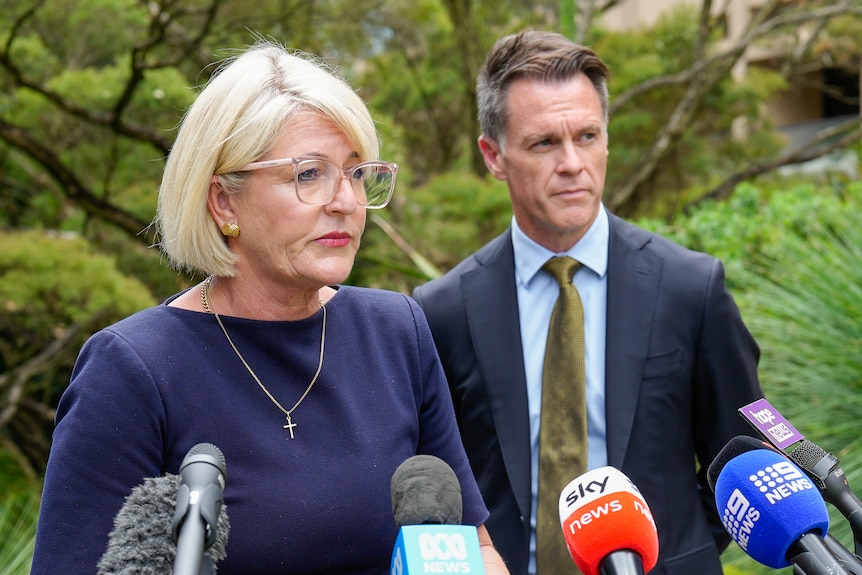

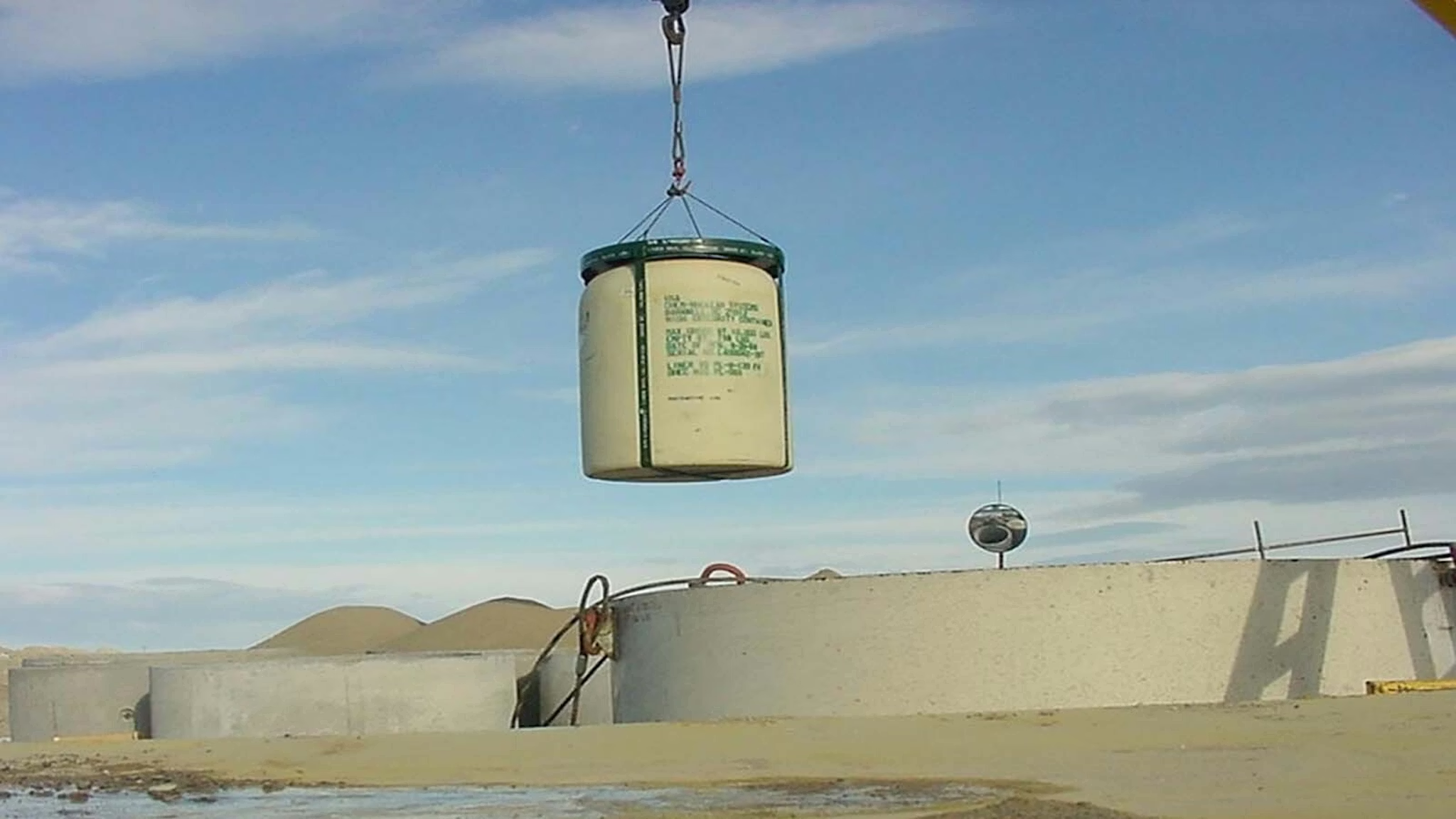
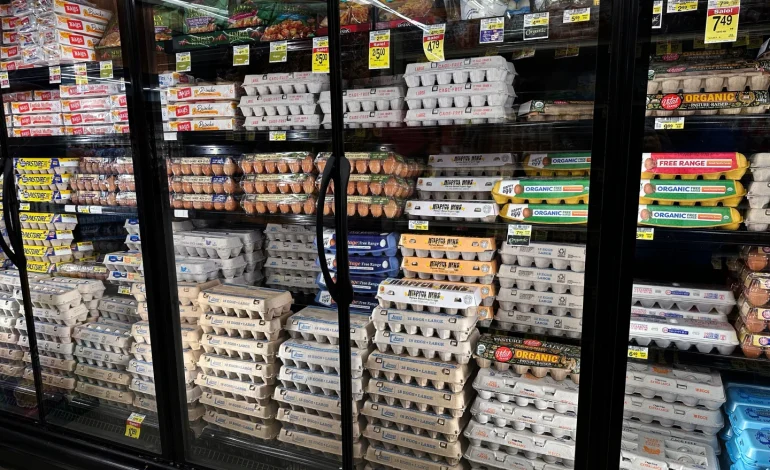


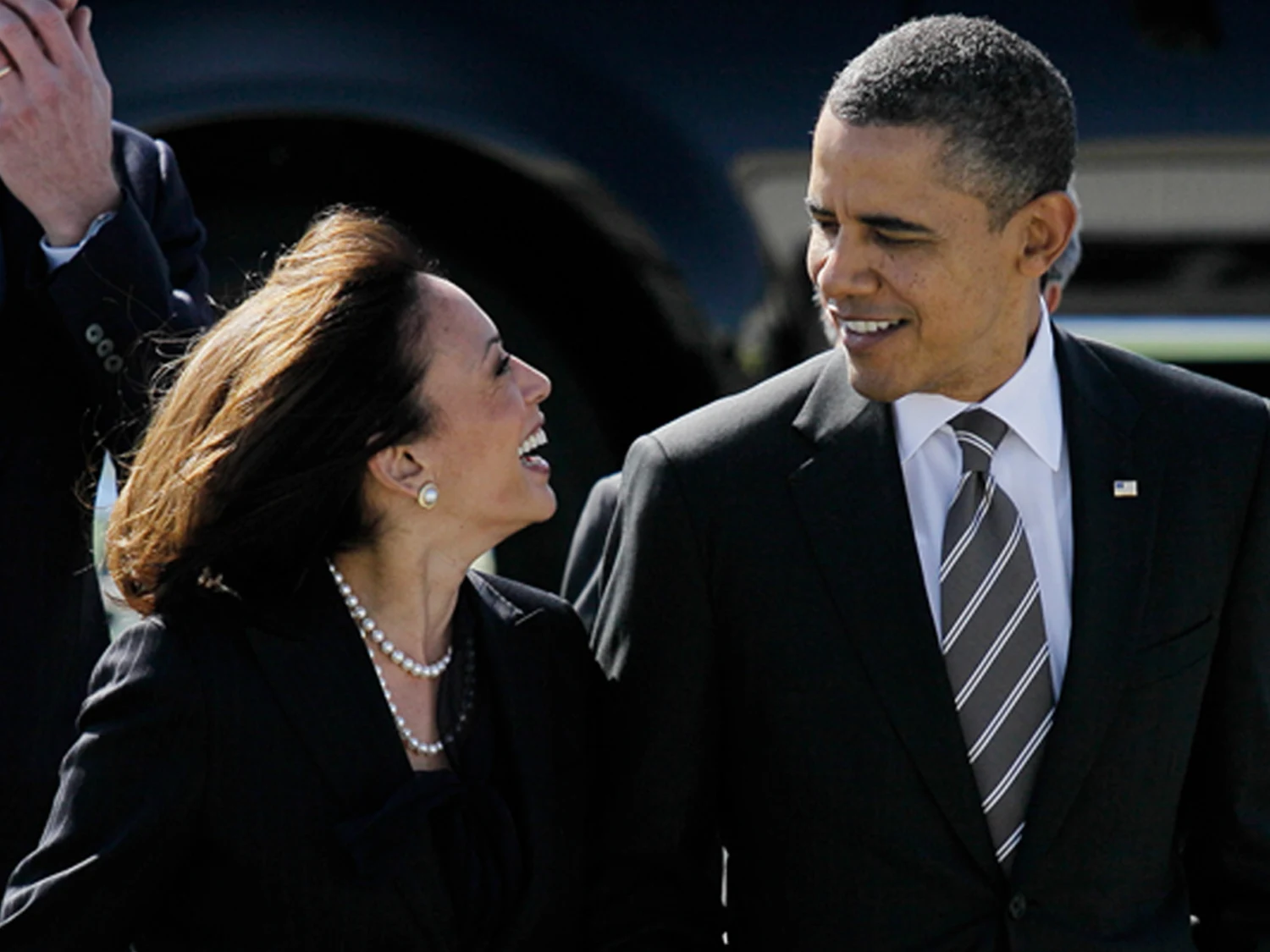
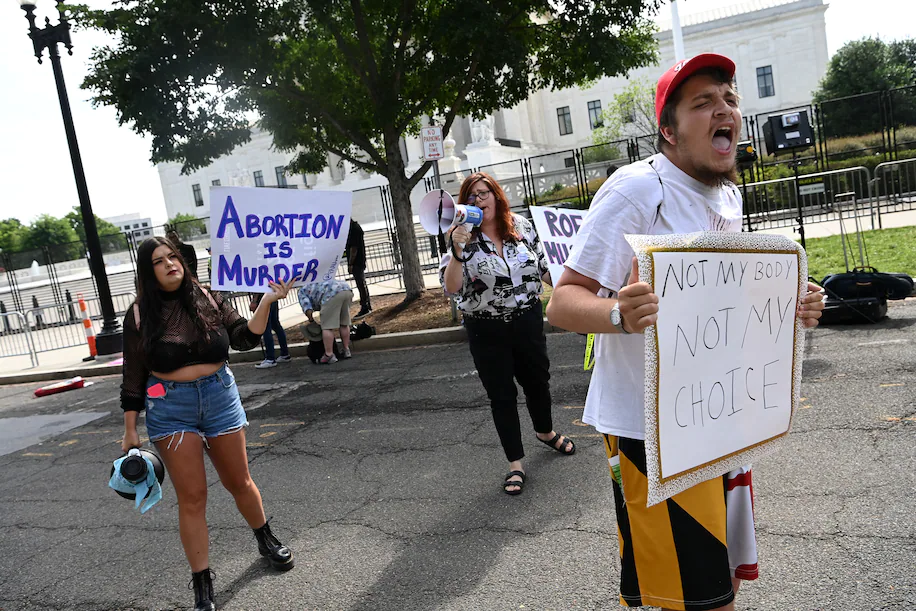
The latest news in your social feeds
Subscribe to our social media platforms to stay tuned